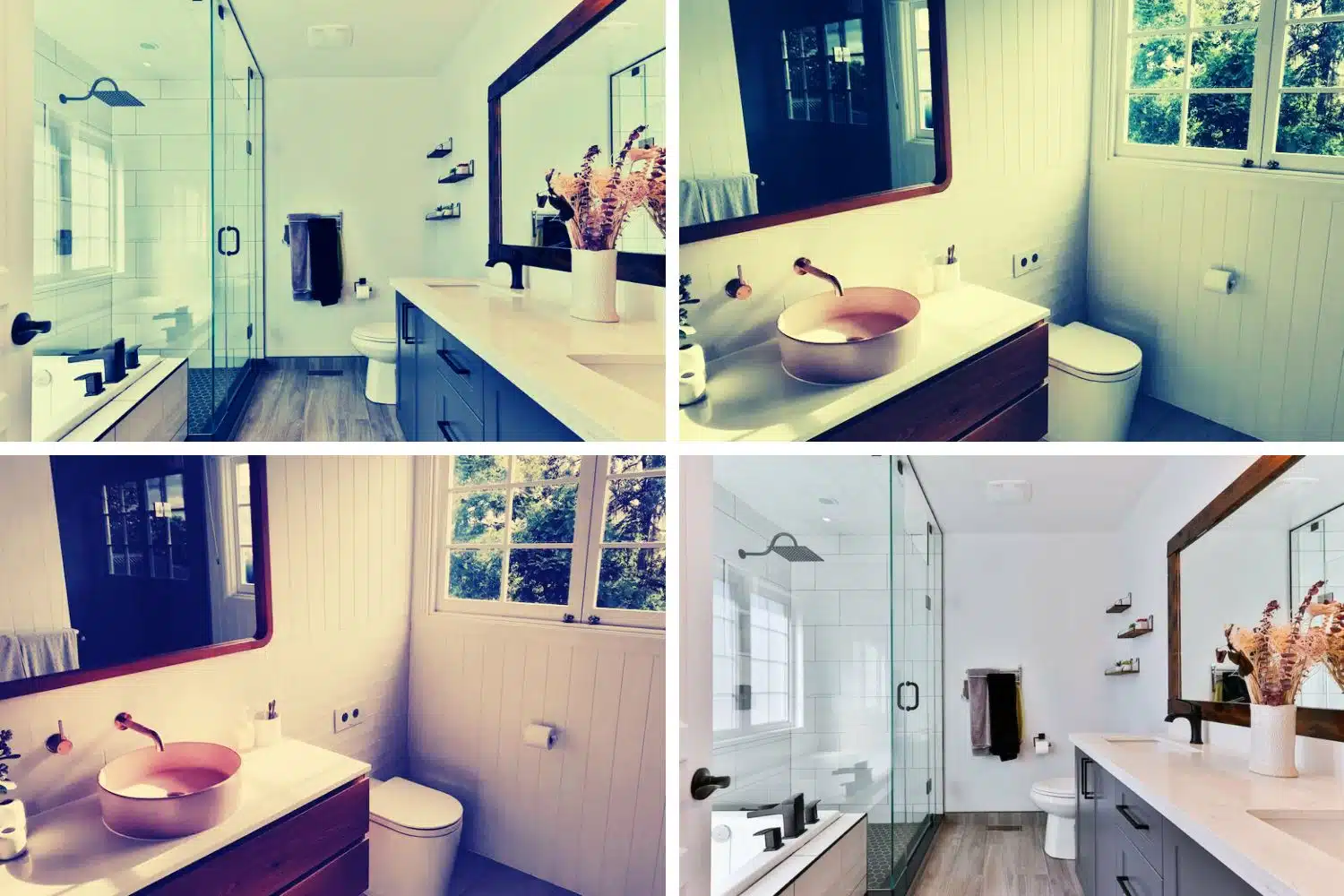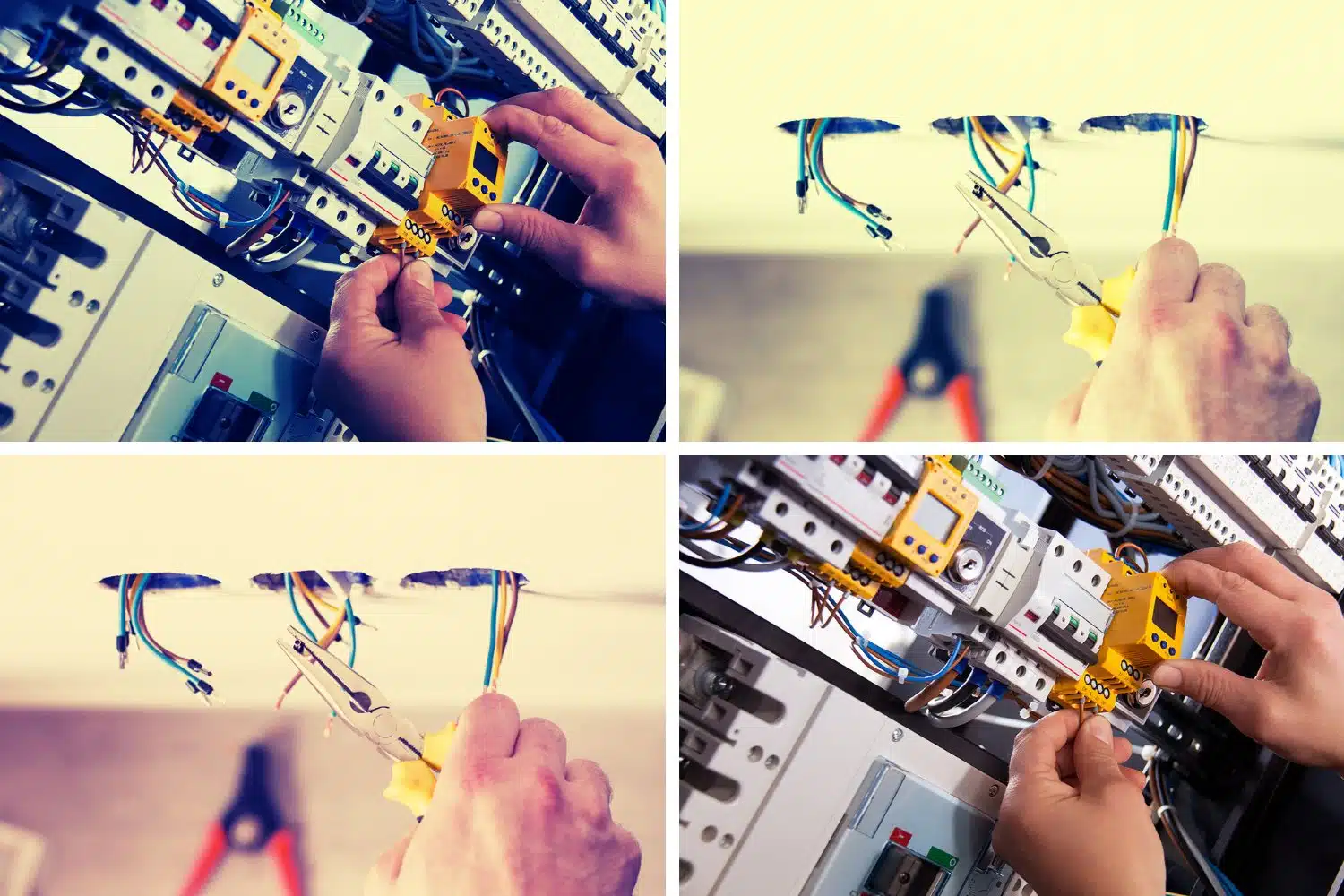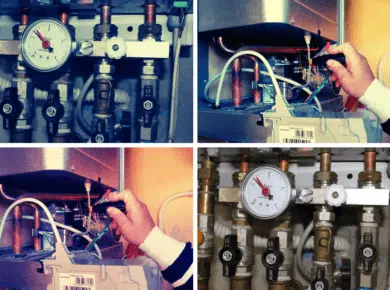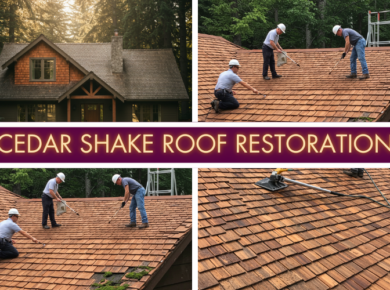The bathroom is a vital part of any home, serving as a sanctuary for personal hygiene and relaxation. However, like any other area in your house, bathrooms are not immune to problems and issues that can arise over time. From leaky faucets to clogged drains and outdated fixtures, there are a variety of common bathroom problems that can disrupt your daily routine and diminish the functionality and aesthetics of this essential space. Fortunately, most bathroom issues can be addressed with simple fixes or minor repairs, saving you time, money, and the hassle of calling a professional.
In this comprehensive guide, we will explore some of the most common bathroom problems and provide practical solutions to help you restore the functionality and comfort of your bathroom. Whether you’re a seasoned DIY enthusiast or a novice homeowner, this guide will empower you with the knowledge and confidence to tackle these issues head-on and transform your bathroom into a well-functioning and enjoyable space.
So, let’s dive in and discover how you can overcome the most common bathroom problems with ease.
1. Leaky Faucets and Fixtures
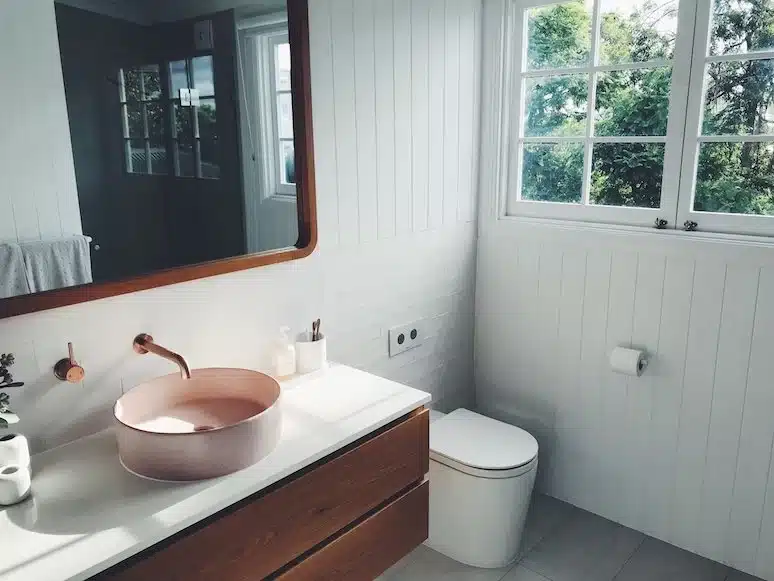
One of the most common bathroom problems is a leaky faucet or fixture. Not only is the constant dripping annoying, but it can also waste a significant amount of water over time. The most likely cause of a leaky faucet is a worn-out washer or O-ring.
- To fix this issue, start by shutting off the water supply to the faucet.
- Next, disassemble the handle and replace the faulty washer or O-ring with a new one.
- Reassemble the faucet and turn on the water supply to check if the leak has been resolved.
- If the problem persists or you’re unsure about the repair process, it’s advisable to consult a professional plumber.
2. Clogged Drains
A clogged drain can be a major inconvenience in the bathroom. Hair, soap residue, and other debris can accumulate over time and restrict the flow of water. For minor clogs, you can try using a plunger to dislodge the blockage.
Place the plunger over the drain and apply firm pressure in an up-and-down motion. If that doesn’t work, consider using a drain snake or a plumbing auger.
Insert the snake into the drain and rotate it to break up and remove the clog. For stubborn or recurring clogs, it’s best to seek professional assistance to avoid causing further damage to your plumbing system.
3. The Toilet Won’t Flush
If your toilet looks like it won’t flush even though it doesn’t appear to be clogged, do not worry. A lot of people have experienced the same issue, however, it usually doesn’t mean that the problem is serious. For instance, if you have a Saniplus toilet, ensuring the unit is powered and functioning properly can often resolve flushing issues.
Namely, whether you decide to click here for tips to fix the issue, or find your own resource, make sure that you know what the problem is first and how to fix it. Make sure to first check if there is a clog by taking a plunger and dislodging the standing toilet water.
After plunging, if the water levels are already high, flushing the water might cause an overflow, so it is essential to avoid this. Namely, removing the excess particles that might have clogged the toilet should make it possible to flush the toilet without issues.
4. Mold and Mildew
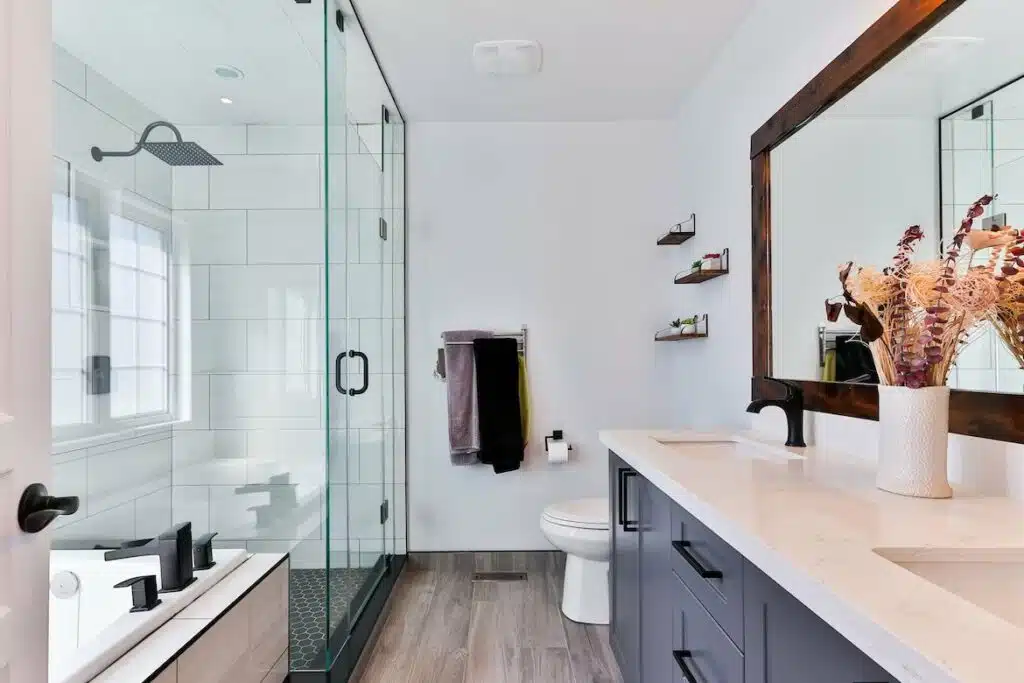
Bathrooms are prone to mold and mildew growth due to the high levels of moisture present in the environment. Not only can mold and mildew be unsightly, but they can also pose health risks. To combat mold and mildew, ensure proper ventilation in your bathroom by using exhaust fans or opening windows during and after showering.
Regularly clean bathroom surfaces, such as tiles, walls, and grout, using mildew-resistant cleaners. If mold growth is extensive or persistent, consider contacting a professional mold remediation service to ensure thorough removal.
5. Outdated Fixtures and Décor
If your bathroom feels outdated or lacks visual appeal, it’s time to consider upgrading your fixtures and décor. Simple changes like replacing old faucets, showerheads, and lighting fixtures can make a significant difference in the overall aesthetics of your bathroom.
Consider repainting walls, updating cabinet hardware, and replacing worn-out towels and bath mats to give your bathroom a fresh and modern look. These cosmetic changes can breathe new life into your space without requiring extensive renovations.
6. Inadequate Storage Space
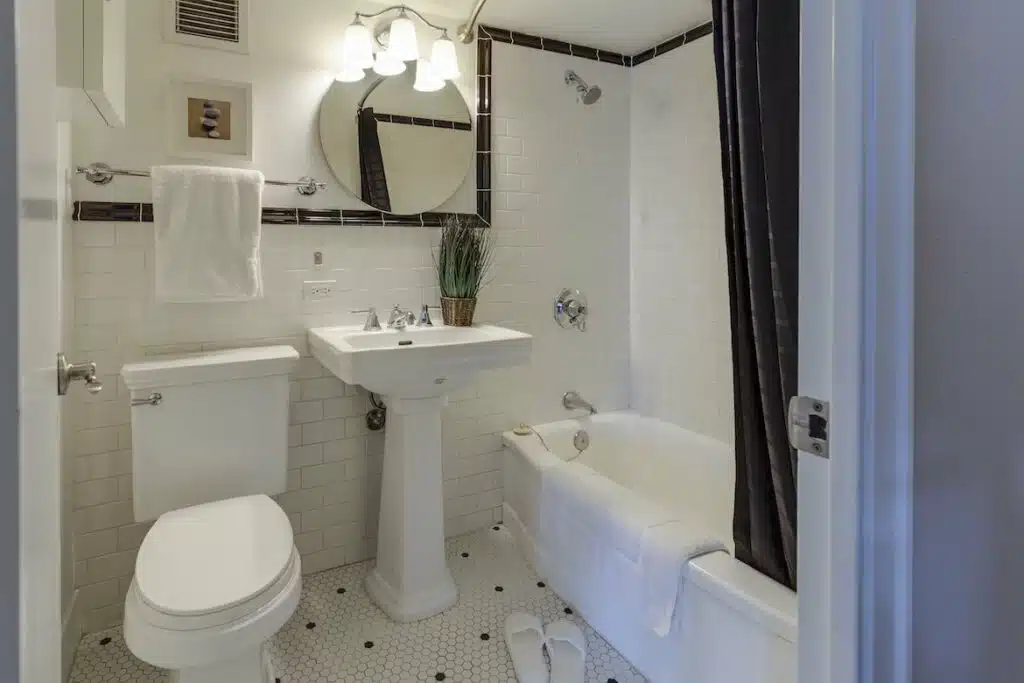
Insufficient storage space can lead to clutter and disorganization in the bathroom. To overcome this problem, maximize vertical space by installing shelves or cabinets above the toilet or vanity. Utilize storage solutions such as wall-mounted baskets, hanging organizers, or over-the-door hooks for towels and robes.
Consider investing in multi-functional furniture, like a vanity with built-in storage or a mirrored medicine cabinet, to optimize space utilization. Declutter regularly to ensure that only essential items are stored in the bathroom, making it easier to maintain a clean and organized space.
7. Inefficient Lighting
Poor lighting can negatively impact the functionality and ambiance of your bathroom. Insufficient lighting makes daily tasks like shaving or applying makeup difficult, while harsh lighting can create an uncomfortable atmosphere. To improve bathroom lighting, start by ensuring that you have adequate general lighting with fixtures that distribute light evenly.
Incorporate task lighting around the vanity mirror to provide focused illumination. Consider installing dimmer switches to adjust the lighting intensity based on your needs and preferences. Upgrading to energy-efficient LED bulbs not only enhances the lighting quality but also reduces energy consumption.
Conclusion
In conclusion, common bathroom problems can disrupt the functionality and aesthetics of your space, but with a little know-how and effort, they can be resolved. By tackling issues such as leaky faucets, clogged drains, running toilets, mold, outdated fixtures, inadequate storage, and inefficient lighting, you can transform your bathroom into a functional, inviting, and well-maintained space. However, it’s important to remember that certain problems may require professional assistance.
If you’re unsure or uncomfortable with any repair or renovation tasks, it’s best to consult a qualified plumber or contractor. With proactive maintenance and timely repairs, you can enjoy a beautiful and trouble-free bathroom for years to come.
